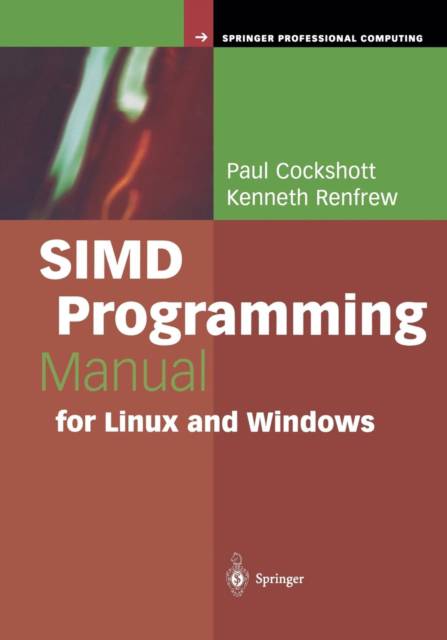
- Afhalen na 1 uur in een winkel met voorraad
- Gratis thuislevering in België vanaf € 30
- Ruim aanbod met 7 miljoen producten
- Afhalen na 1 uur in een winkel met voorraad
- Gratis thuislevering in België vanaf € 30
- Ruim aanbod met 7 miljoen producten
Zoeken
€ 178,45
+ 356 punten
Uitvoering
Omschrijving
All modern PCs provide SIMD processing but there are no practical programming books telling you how to use it. Use of these techniques can allow programs to run 8 to 10 times faster than conventional programs on the same computer. The book enables high-level language programmers to make effective use of a technology that at present is known to and utilised only by a handful of developers. They could write graphics programs that were much faster as a result. This will be of interest to practitioners of games programming, image processing, medical image analysis, video processing etc.
Specificaties
Betrokkenen
- Auteur(s):
- Uitgeverij:
Inhoud
- Aantal bladzijden:
- 352
- Taal:
- Engels
- Reeks:
Eigenschappen
- Productcode (EAN):
- 9781849969208
- Verschijningsdatum:
- 22/10/2010
- Uitvoering:
- Paperback
- Formaat:
- Trade paperback (VS)
- Afmetingen:
- 175 mm x 231 mm
- Gewicht:
- 635 g

Alleen bij Standaard Boekhandel
+ 356 punten op je klantenkaart van Standaard Boekhandel
Beoordelingen
We publiceren alleen reviews die voldoen aan de voorwaarden voor reviews. Bekijk onze voorwaarden voor reviews.








